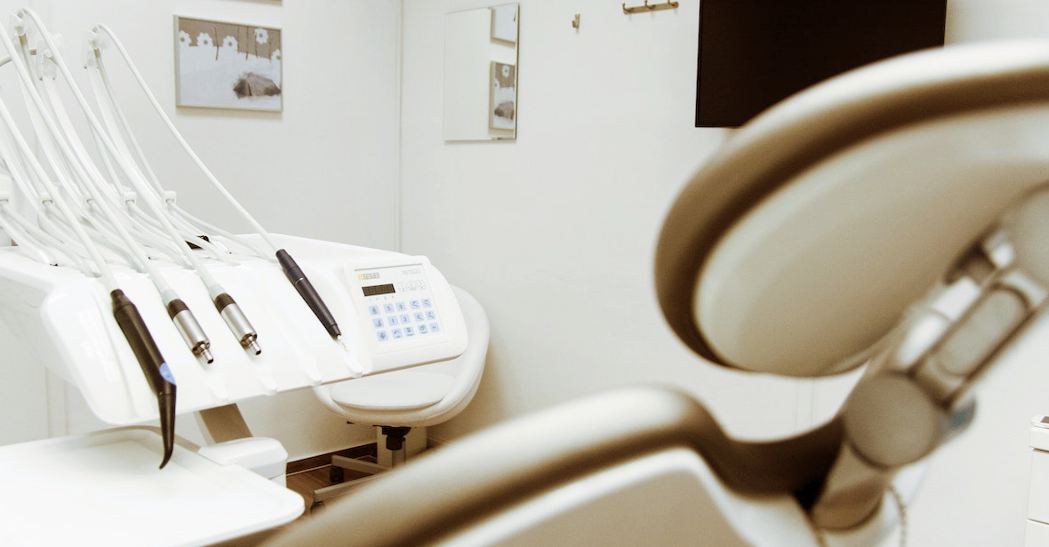Partnering With Another Dentist In A Dental Chamber


Partnering with another dentist can be a great way to expand your practice and offer more services to your patients. It can also help to share the workload and provide additional resources.
When considering partnering with another dentist, it is important to evaluate potential partners carefully. Make sure that the other dentist has a good reputation, is well-trained in the area of practice you are looking for, and shares the same values and standards of care. Additionally, it is important to discuss financial arrangements and other legal matters in advance to ensure that both parties are on the same page. Click here to learn more about dental procedures and laws.
Partnering with another dentist in a dental chamber
When partnering with another dentist, it is not advisable to split everything 50-50. The terms of any partnership should be outlined in a written agreement that clearly outlines the roles and responsibilities of each partner and how profits and losses will be shared. Each partner should be comfortable with the terms of the agreement before signing.
Here’s how you can partner with another dentist in a dental chamber
- Identify a potential partner. Consider a colleague you know and trust, or search for a dentist who shares your values and interests.
- Reach out. Contact the potential partner and arrange a meeting to discuss the possibility of a partnership.
- Discuss goals and expectations. During the meeting, discuss your plans for the partnership and the expectations you both have for it.
- Put it in writing. Once you both agree to partner, draw up a formal agreement that outlines all expectations and responsibilities of both parties.
- Address legal and financial issues. Make sure all legal and financial problems are addressed before the partnership. This includes obtaining all necessary licenses, setting up a business or partnership entity, and setting up any necessary banking accounts.
- Create a business plan. Outline a partnership plan, including staffing, marketing, and operations decisions.
- Set up a communication system. Establish a system for regular communication between the partners and any staff members.
- Celebrate! Congratulate yourself and your partner on the success of your partnership!
What will happen if something goes wrong?
When something goes wrong in a dental partnership, it can be difficult to determine who should take the blame. In a successful business partnership, partners must be aware of their roles and responsibilities and work together to ensure that the practice runs smoothly. When something goes wrong, it is vital to assess the situation, identify the cause of the problem, and take responsibility for any mistakes that were made.
Recent Posts
GLP-1 Products for Longevity: What You Need to Know About Their Benefits and Science
The search for longevity is shifting from simply extending lifespan to improving healthspan. One of…
How Higher Education is Staying Ahead of the Curve in Procurement
In the rapidly evolving landscape of higher education, procurement plays a critical role in ensuring…
Social Media Mistakes That Can Ruin Your Car Accident Claim
Navigating a car accident claim can feel overwhelming. One critical area often overlooked is social…
What to Expect After a DWI Arrest in Clear Lake, TX
Facing a DWI arrest in Clear Lake, TX can feel overwhelming. Knowing what to expect…
MiniTool Power Data Recovery 12.1: A Comprehensive Review
Data loss is an issue that every computer user fears. Whether it’s due to accidental…
How to Successfully Apply for a Business Credit Card: A Step-by-Step Guide
Key Takeaways: Business credit cards assist in cash flow management, allowing for urgent investments without…


